Thermal vision, also known as thermography, is a fascinating technology that allows us to see the invisible – the heat radiating from objects. It's a non-invasive technique that uses infrared technology to detect heat emissions from various objects and convert them into visible light displays. This advanced technology has found its way into a myriad of applications, from industrial inspections to medical diagnostics, and even in our homes for security purposes.
How Does Thermal Vision Work?
At its core, thermal vision operates on the principle that all objects above absolute zero emit infrared radiation. This radiation is invisible to the naked eye but can be detected and translated into visual images by thermal imaging cameras. The hotter an object is, the more infrared radiation it emits, and this is what thermal cameras capture.
Unlike traditional cameras that rely on visible light, thermal cameras detect the infrared radiation emitted by objects. The camera then processes this data to create a thermal image, or thermogram, which represents the temperature variations within the scene.
Applications of Thermal Vision
- Industrial Inspections: Thermal imaging is a crucial tool in preventive maintenance strategies. It can detect abnormal heat patterns that may indicate equipment failure or inefficiencies.
- Building Maintenance:In the construction industry, thermal imaging helps identify heat loss due to poor insulation or air leaks, leading to energy efficiency improvements.
- Security and Surveillance: Thermal cameras can detect heat signatures, allowing for the identification of people or animals in low light or even complete darkness.
-
Medical Field: Doctors use thermal imaging to diagnose various conditions, as changes in body temperature can indicate underlying health issues.

Types of Thermal Imaging Devices
- Handheld Thermal Imagers:These portable devices are widely used for inspections and are popular among professionals for their convenience and ease of use. One particular presence is smartphone thermal imaging.
- Fixed Thermal Imaging Cameras: Installed in specific locations for continuous monitoring, these cameras are often used in security systems.
- Integrated Thermal Cameras: Some modern smartphones and security cameras come with integrated thermal imaging capabilities, making this advanced technology more accessible.
Analyzing Thermal Images
Interpreting thermal images involves understanding the color palette used to represent temperature variations. Each color represents a specific temperature range, with cooler areas often displayed in blues and warmer areas in reds. Advanced analysis may involve machine learning and deep learning algorithms to detect patterns and anomalies.

As technology advances, thermal imaging devices are becoming more sophisticated and affordable. We can expect to see even higher resolution cameras and more advanced analytical tools in the future, expanding the potential applications of thermal vision.
Thermal vision is a powerful technology that enhances our ability to see and understand the world around us. Its applications span across various industries, making it an indispensable tool for many professionals. As it continues to evolve, we can look forward to new ways in which thermal imaging will improve our lives and solve complex problems.


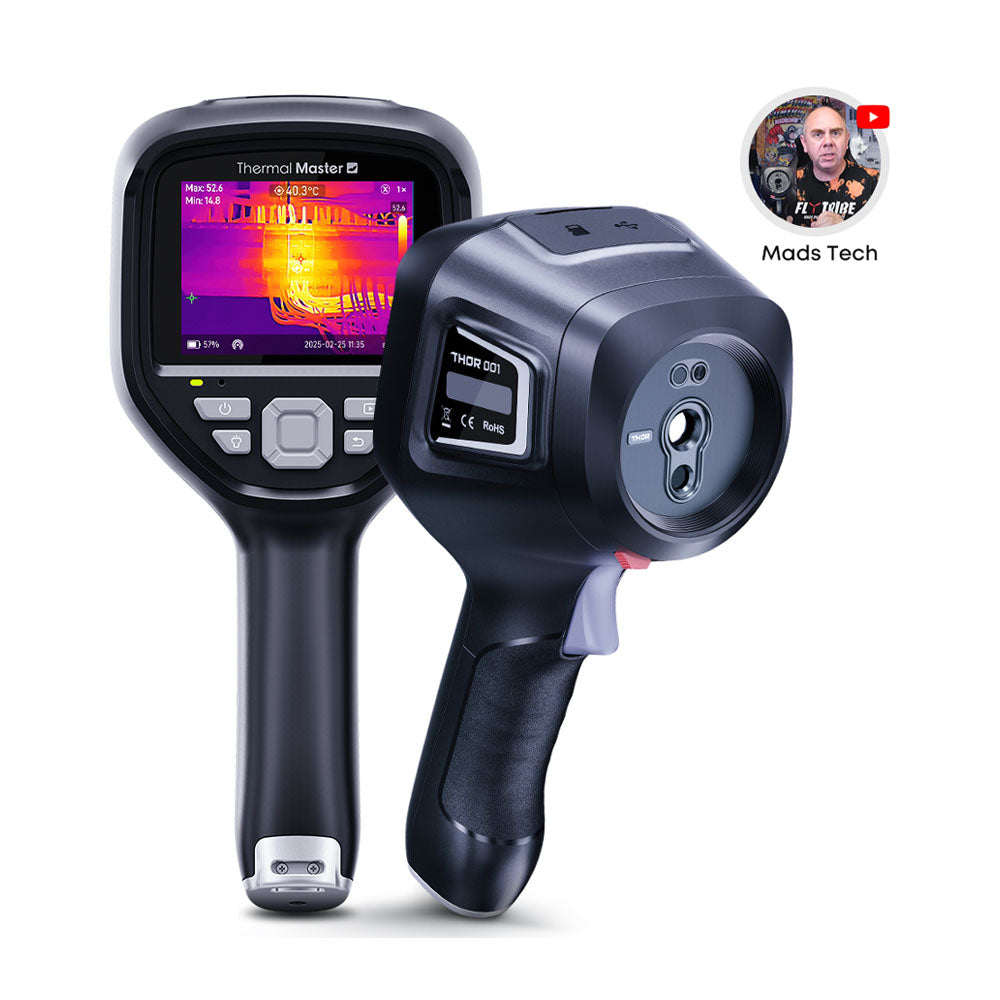

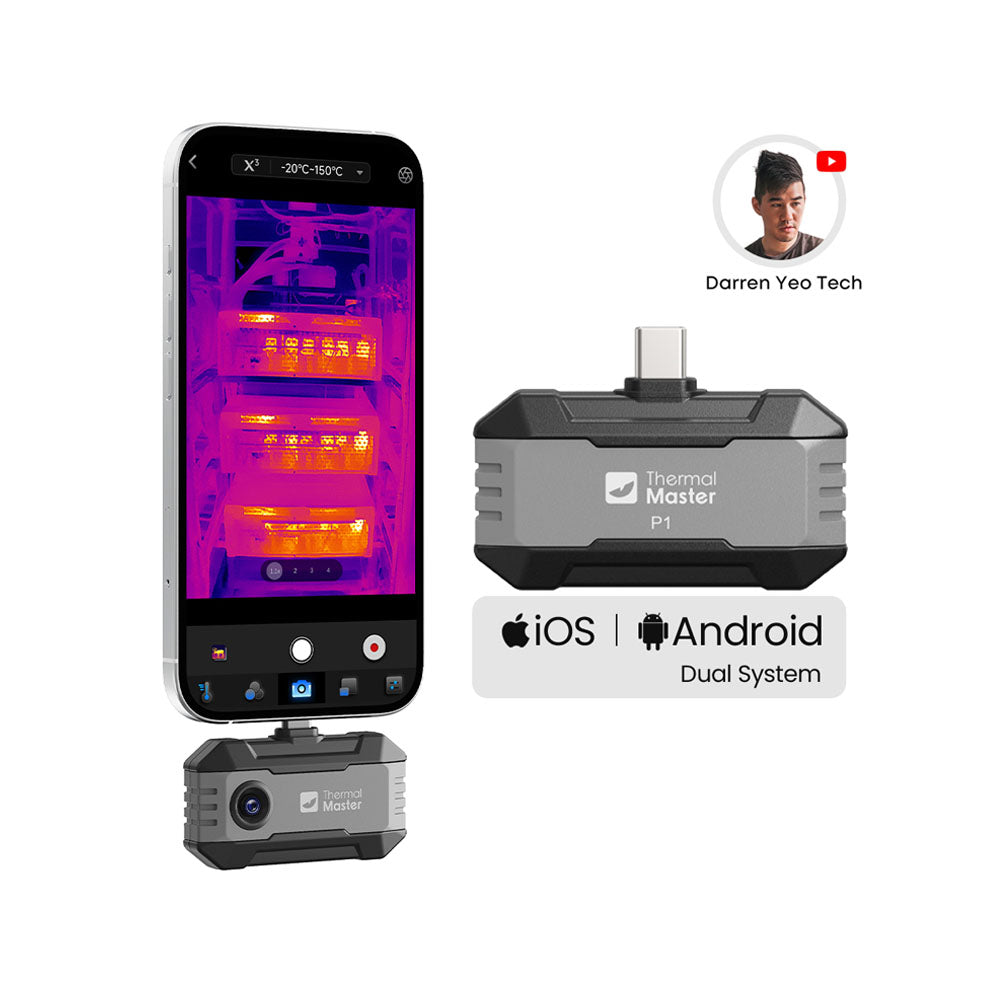
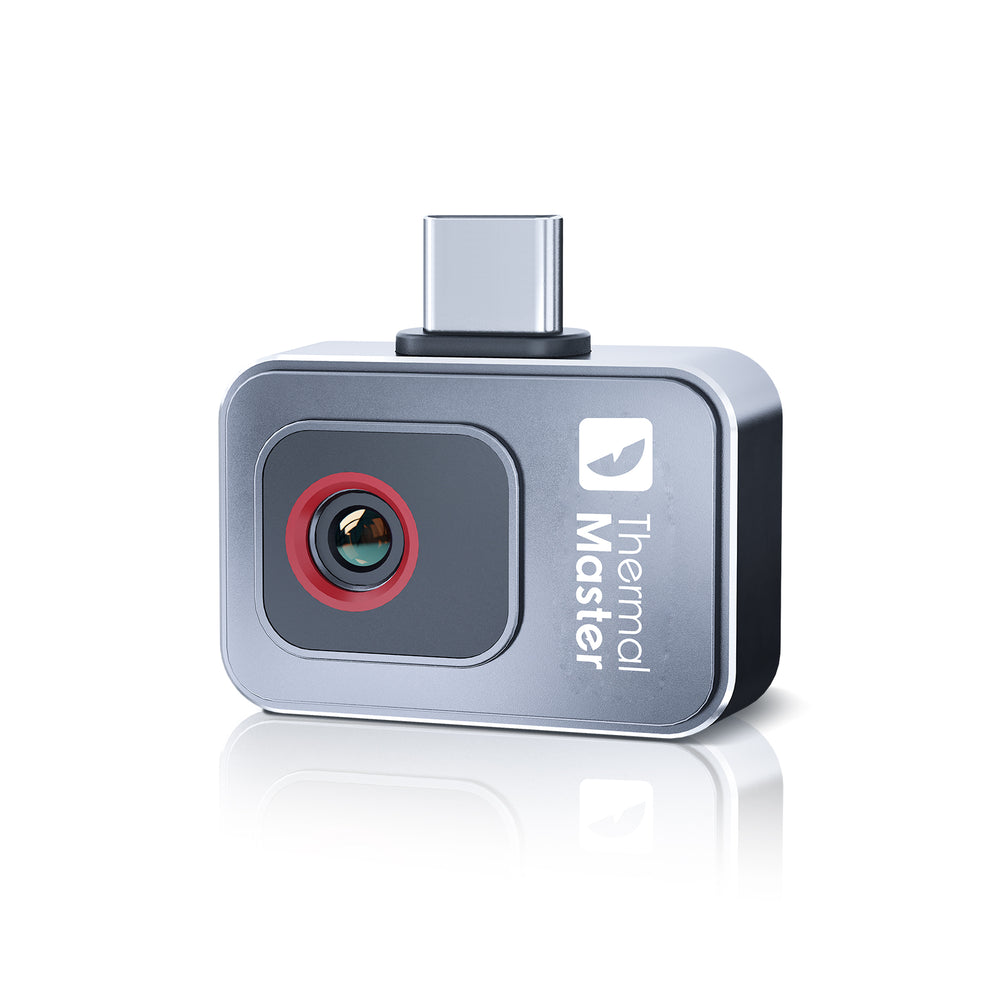
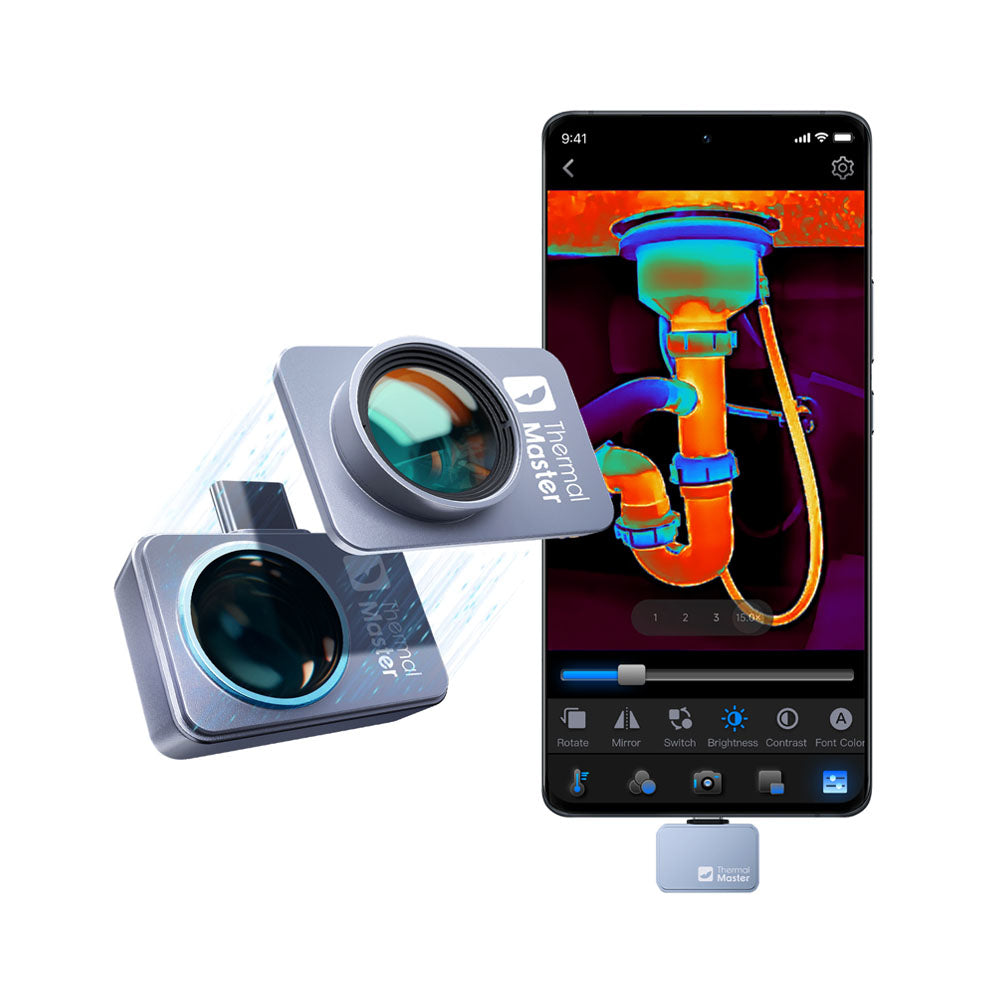

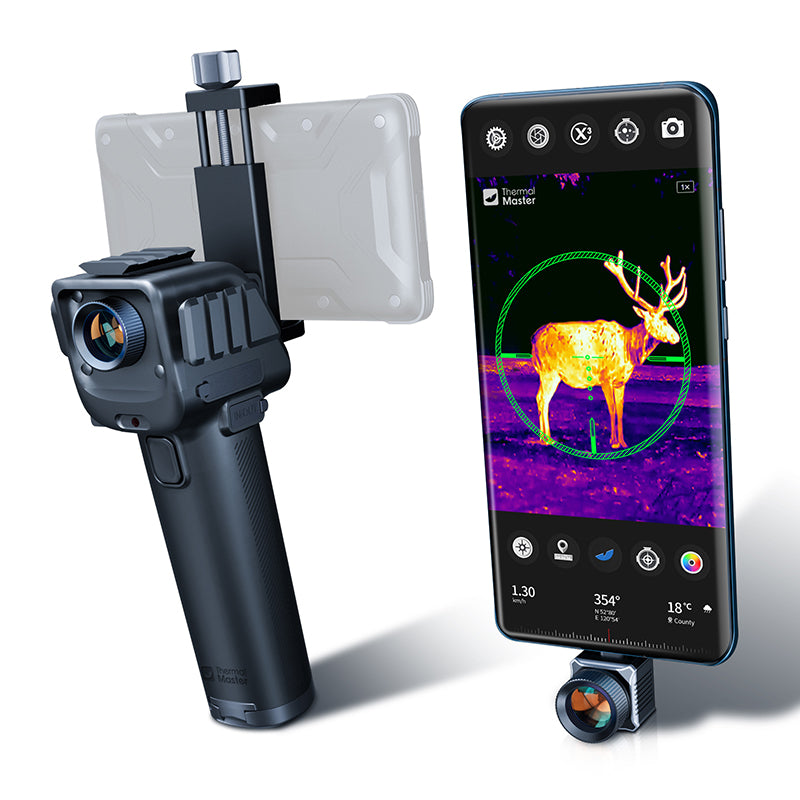
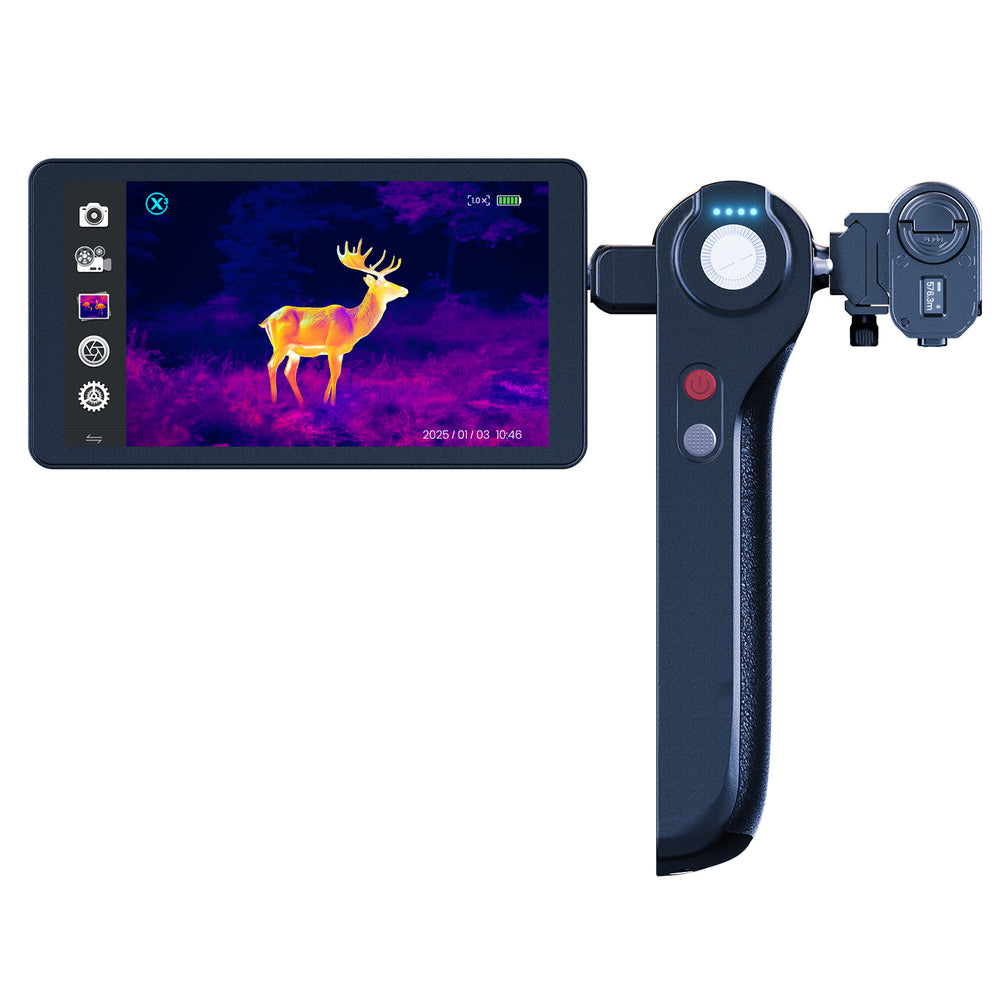
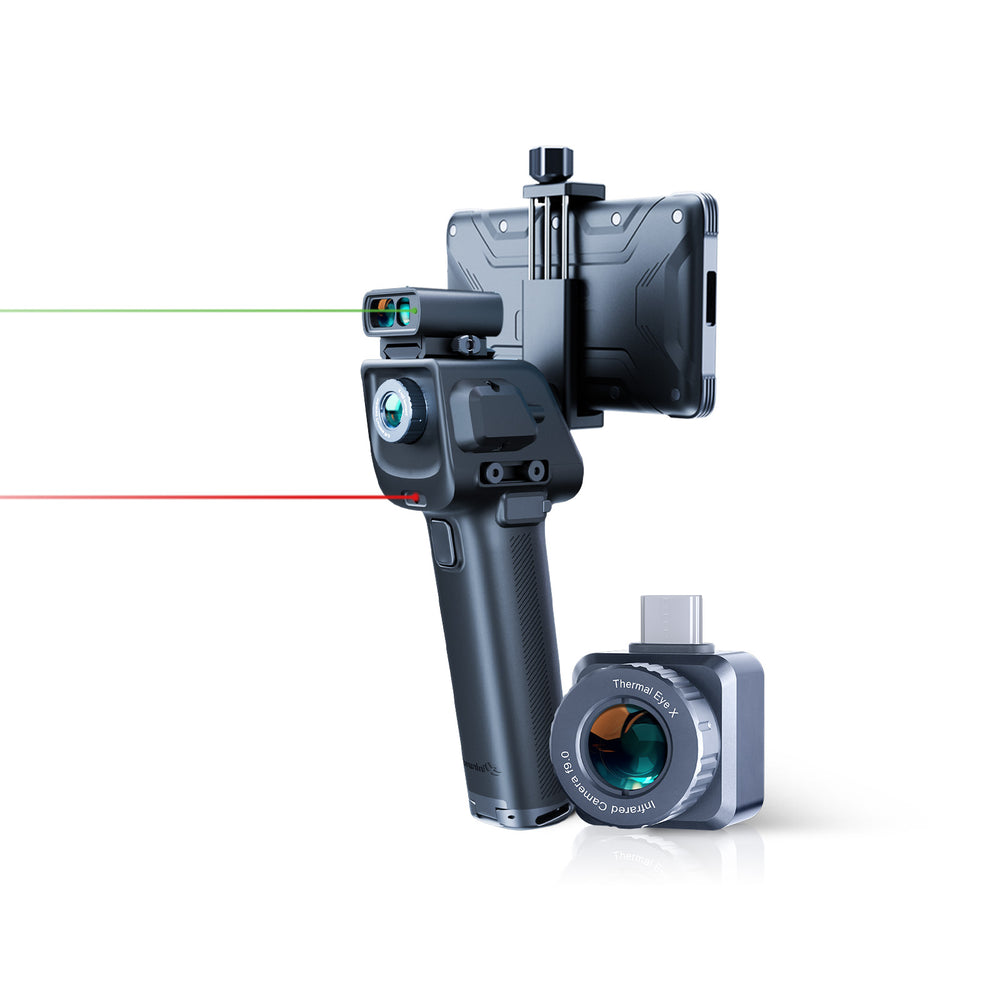
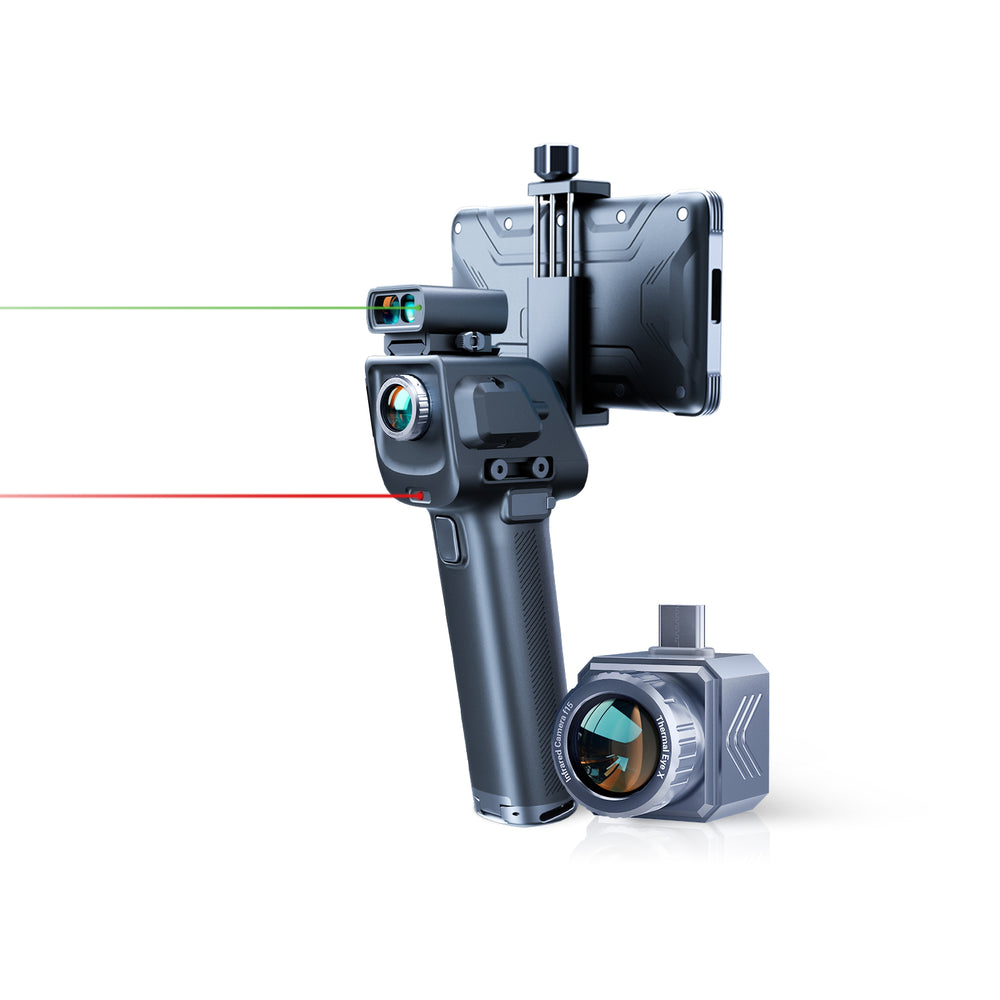
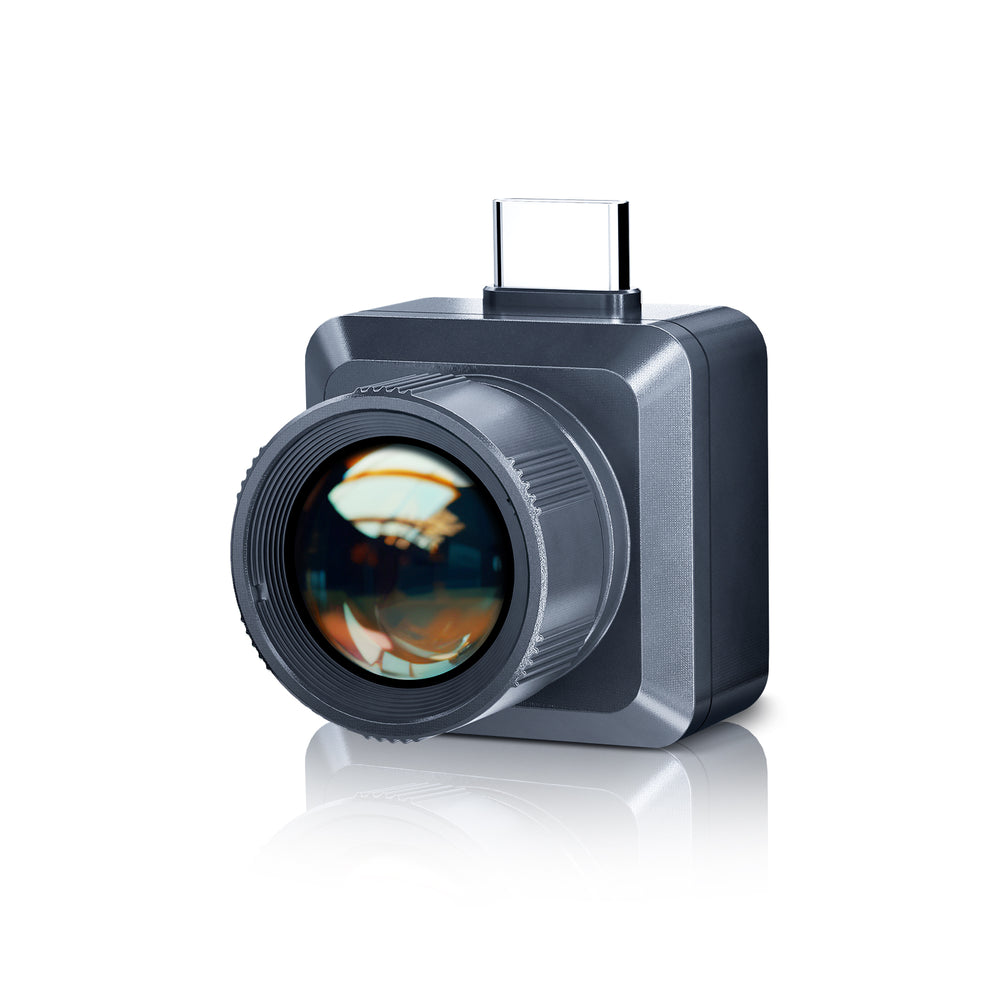
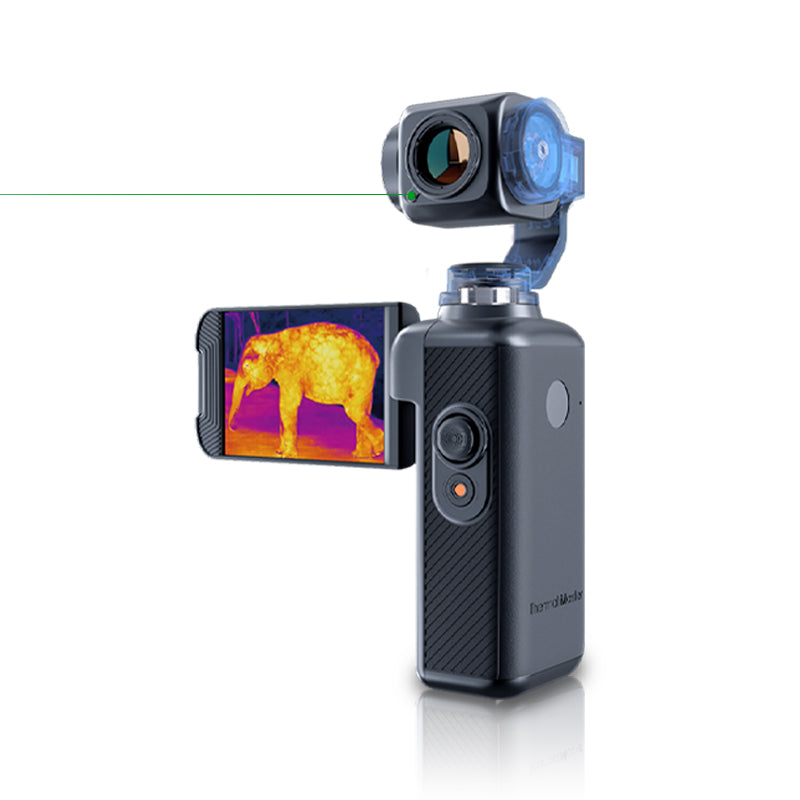
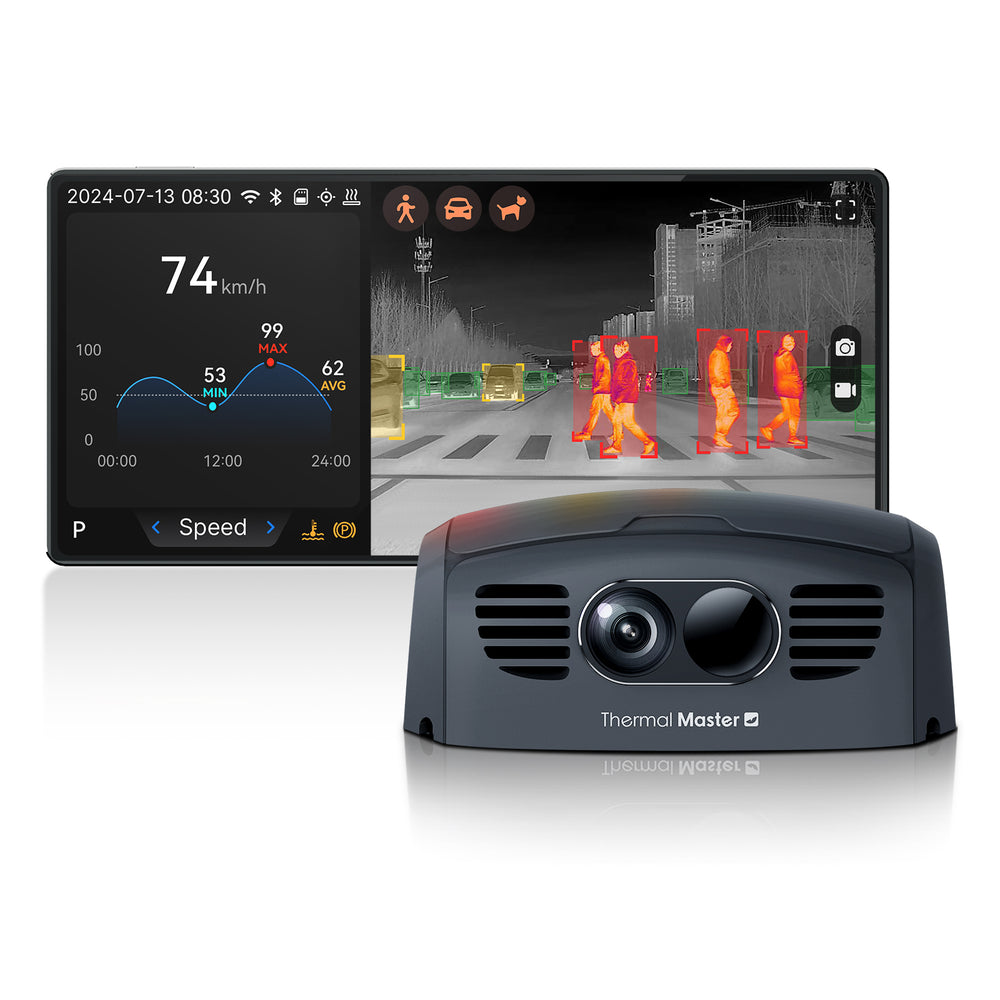
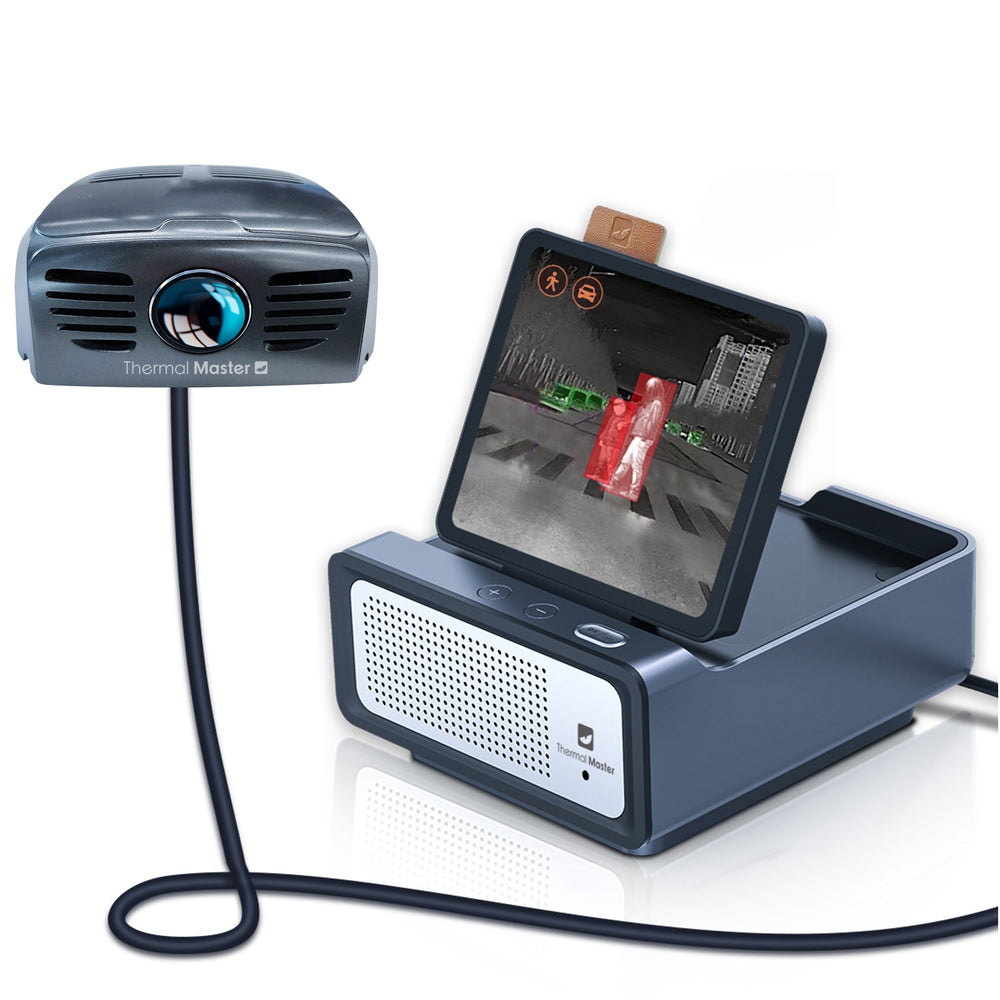
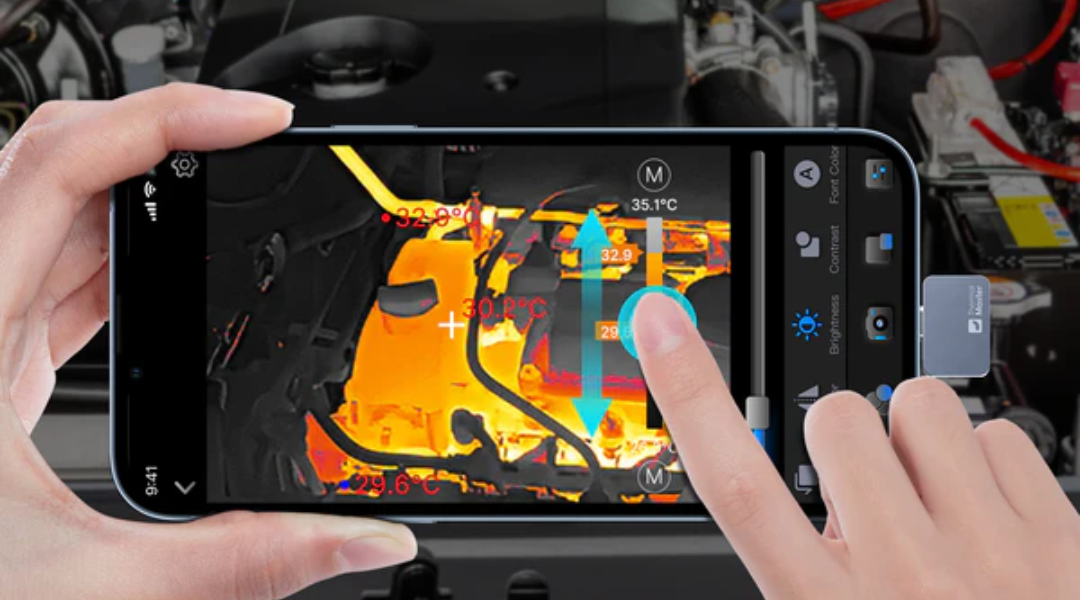
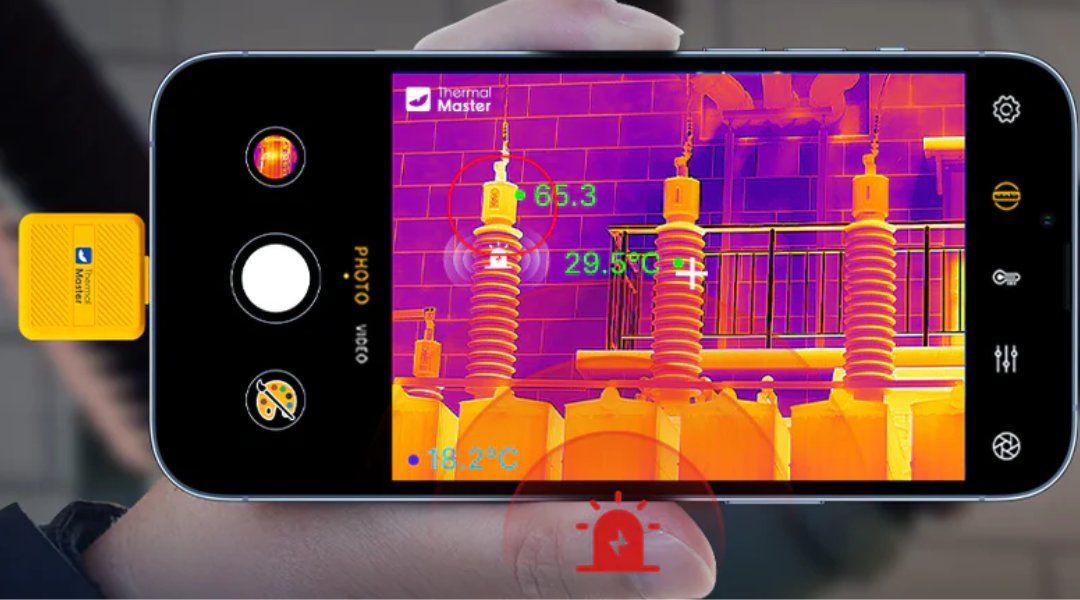
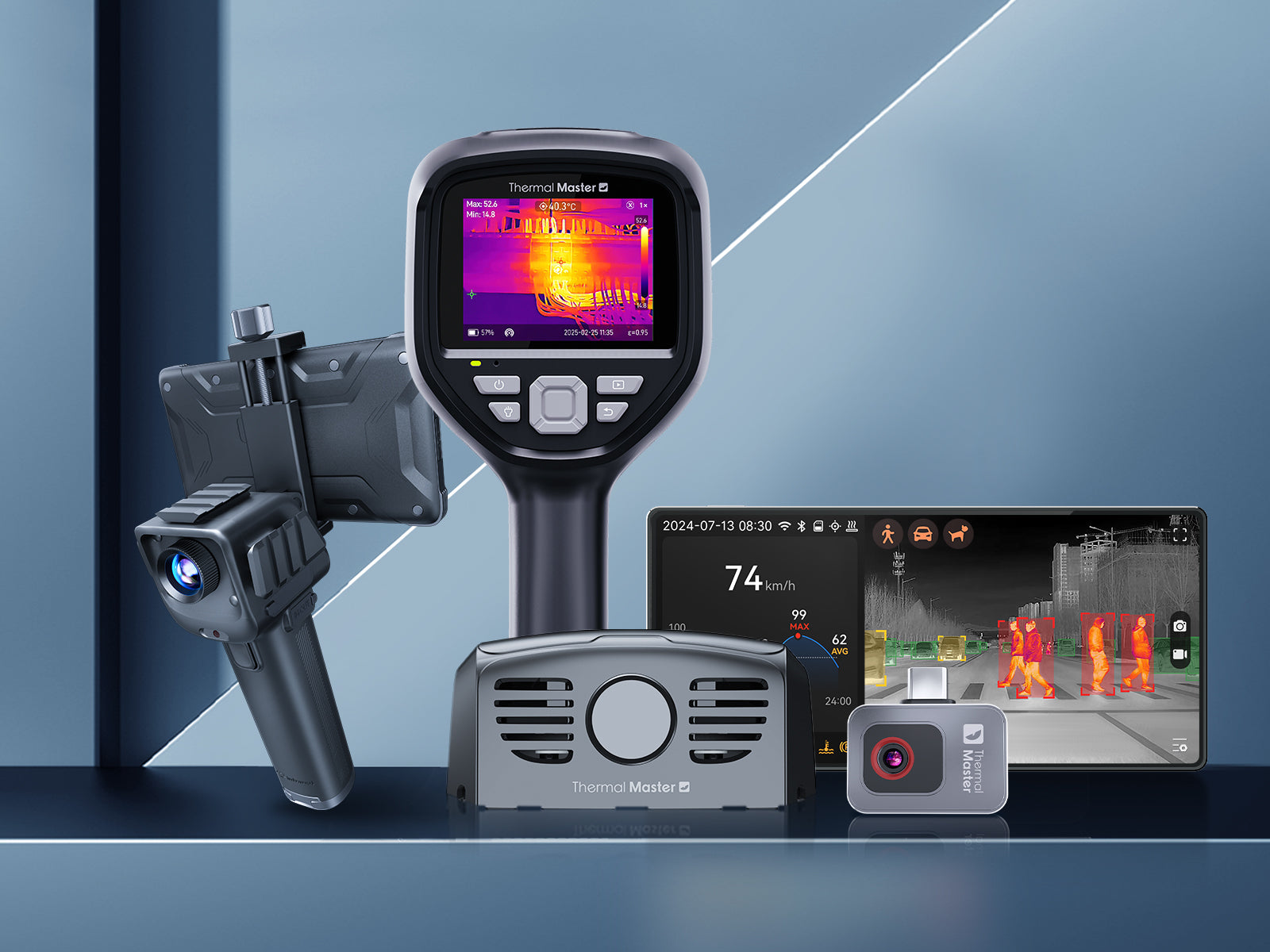
Leave a comment
All comments are moderated before being published.
This site is protected by hCaptcha and the hCaptcha Privacy Policy and Terms of Service apply.